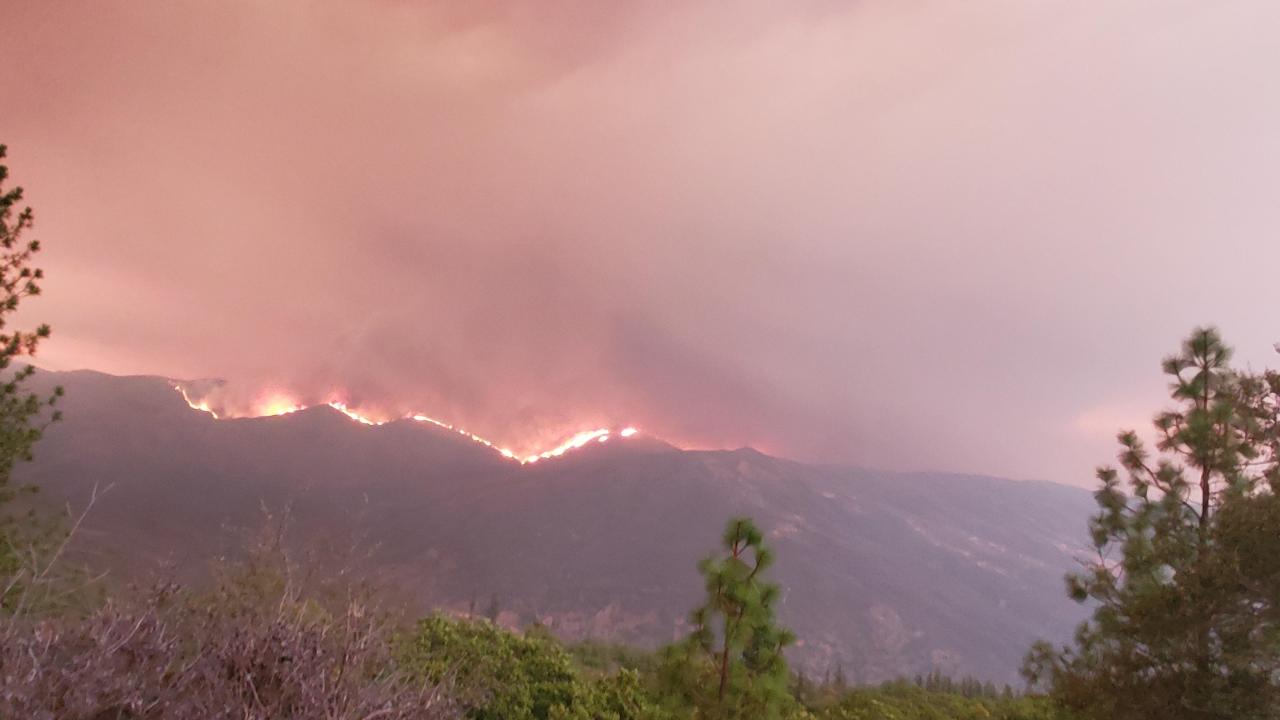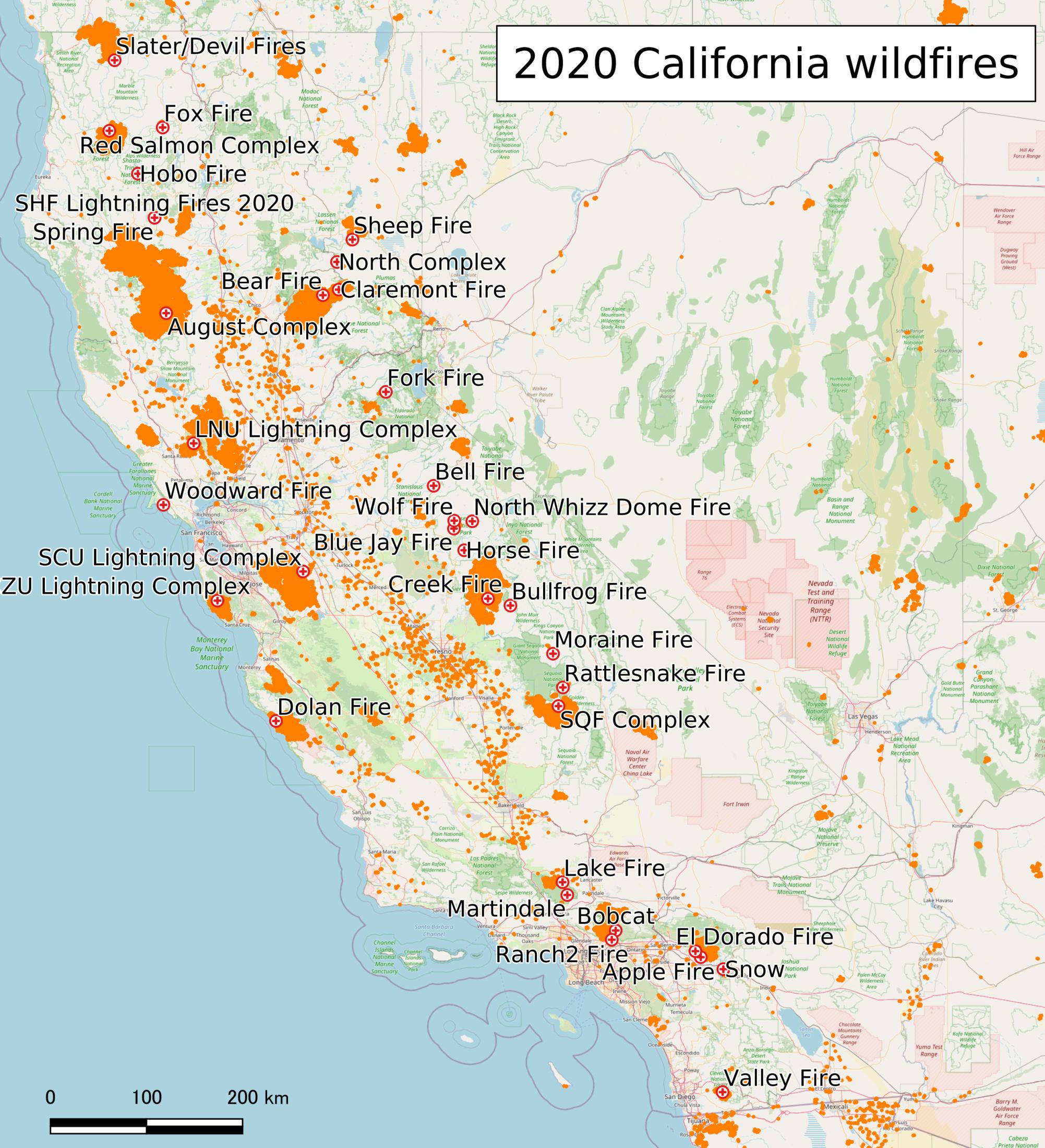
Cadenasso proposes new approach to viewing a world on fire
Humans "co-produce" natural disasters, paper argues
Natural disasters don't just happen anymore. In a new paper, UC Davis Department of Plant Sciences Prof. Mary L. Cadenasso and colleagues offer a framework for understanding the connection between natural processes and human activity and how they combine to create human-natural disasters. "There is no such thing as a natural disaster in a place that people have built or have altered by their management or subsequent neglect." they write in the latest issue of BioScience.
Cadenasso, Anne M. Rademacher of New York University and Steward T. A. Pickett of Cary Institute of Ecosystem Studies propose using social–ecological systems approaches to better understand of the dynamically linked social and natural processes that lead to ecological disturbances. Unlike earlier models, this approach also would foster more fruitful conversations between the social and ecological sciences, they argue.

The researchers present fire in urban and urbanizing landscapes as an example and detail the ways that human and natural processes work together to "coproduce" more frequent and dangerous conflagrations. These constitute a "human–natural disaster," rather than a purely natural event. Because the nature and magnitude of these disasters result from human structures, fire-fighting strategies and regulations, plus natural phenomena such as temperature, wind and water availability, they are best understood as "neither only natural nor only social, but a combination of the two."
The importance of such theoretical approaches is particularly acute in the face of a rapidly changing climate, Cadenasso and colleagues argue. As global change mounts, older models will be quickly rendered obsolete, and new models for understanding fires and other disasters will be necessary for rapid adaptation. For instance, firefighting strategies that rely on small-scale fire breaks such as roads may not withstand the destruction of emerging "fire tornadoes," in which winds driven by climate change send large embers great distances to spark new flames. If our system models are not continually updated, our understanding of these processes may "lag behind changes in the world and, therefore, constrain how society views and reacts to fire as an extreme event, often with catastrophic consequences for people." Avoiding such calamities will require a shared understanding of system thinking within the social and ecological sciences, one that will allow practitioners in both fields to "become better partners" and contribute to "civic discourse in a time of extraordinary change," the researchers write.
BioScience, published monthly by Oxford Journals, is the journal of the American Institute of Biological Sciences.
Related links:
